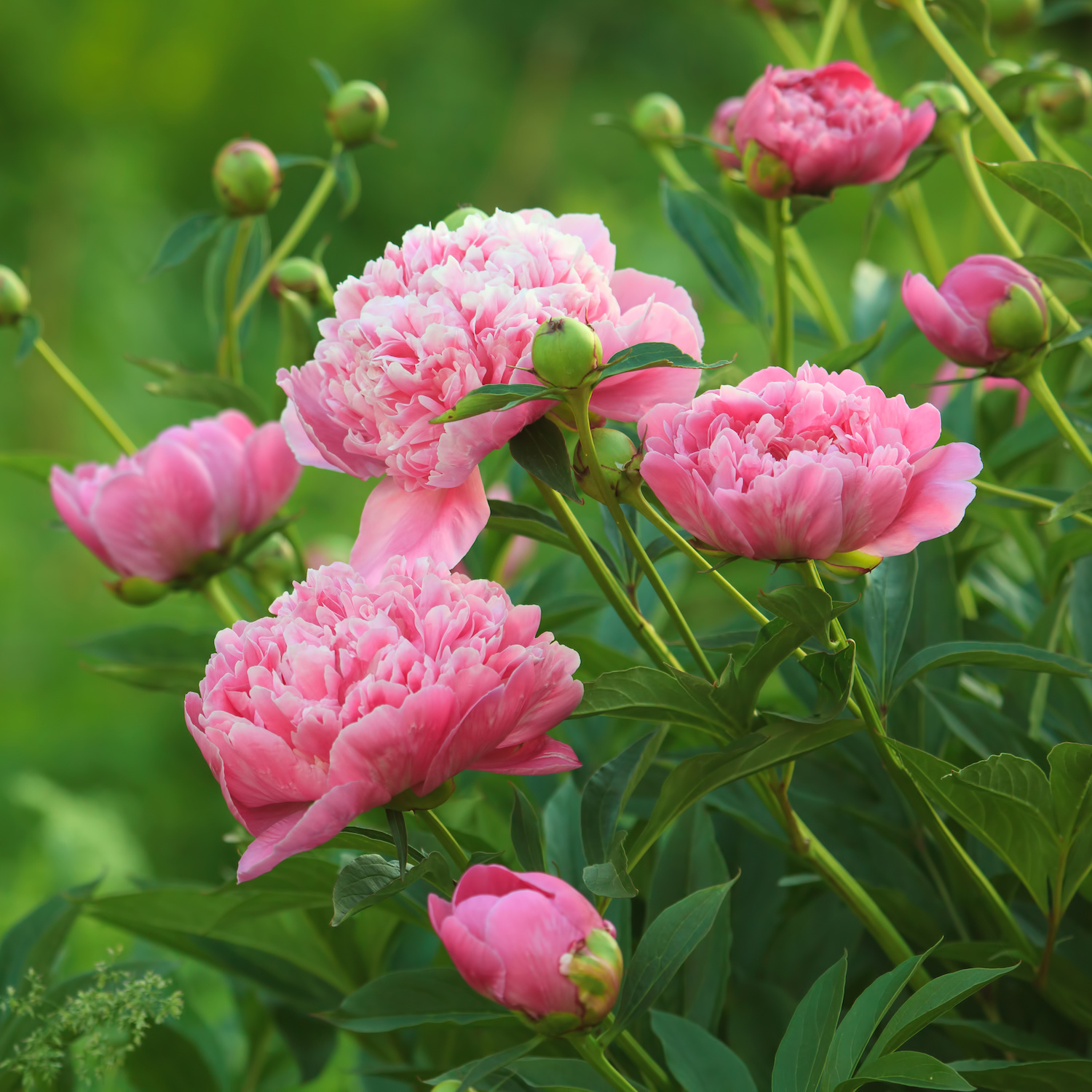
Plants, and particularly flowers, have had qualities and emotions attributed to them since ancient times. Shakespeare also used the symbolism of flowers in several of his works, knowing that his audiences would be familiar with their meanings. However, it was in the 19th century that floriography, as it is known, reached its peak with various dictionaries being published so as to allow people to send messages and express sentiments that polite society would not allow them to verbalize. Small bouquets, called nosegays or tussie-mussies, made up of a variety of flowers would be able to convey complicated messages. Meaning would also be attached to how the flowers were handed over, and whether the female recipient would wear them close to her heart or not.
Floriography is not confined to western cultures either. Japan has its own version called hanakotoba, which traces its origins to the Buddhist concept of paying attention to the smallest of things. It also reached a peak in the nineteenth century, but continues to be used in ikebana (flower arranging), where the flowers combine to convey complex emotions, as well as in film and animation where it adds an extra layer of meaning. Floriography and hanakotoba share many of the same meanings, with the latter having a few variants based on flowers that are more common in Japan.
These days, we tend to think of just the positive or compassionate sentiments expressed in giving flowers, but these languages are able to express the full gamut of human emotion, negative as well as positive. Therefore, be aware that yellow roses signify jealousy, and orange lilies hatred!
However, if you are the lucky recipient of a bouquet of flowers this Valentine’s Day, this is the positive significance of some of the more common flowers used in bouquets.
Alstroemeria – friendship, devotion
Carnation: Pink – I’ll never forget you; Red – admiration, my heart aches for you; White – innocence, pure love; Solid color – yes
Chrysanthemum: Red – I love you; White – truth
Daffodil – regard, unequalled love, you’re the only one, the sun is always shining when I’m with you
Gerbera: Pink – appreciation, compassion; White – purity, innocence; Red – passion, love, romance; Yellow – warmth, sunshine, friendliness; Orange – you are my sunshine, patience
Hyacinth: Blue – constancy; White – loveliness
Lily: White – purity, majesty; Pink – wealth, prosperity; Red – warmth, desire; Yellow – gaiety, I’m walking on air
Orchid – love, beauty, refinement
Peony – happy life, happy marriage
Rose: Pink – perfect happiness, please believe me; Red – love; White – you’re heavenly, I am worthy of you
Tulip: Red – believe me, declaration of love; Variegated – beautiful eyes; Yellow – there’s sunshine in your smile; Pink – caring, attachment, happiness







